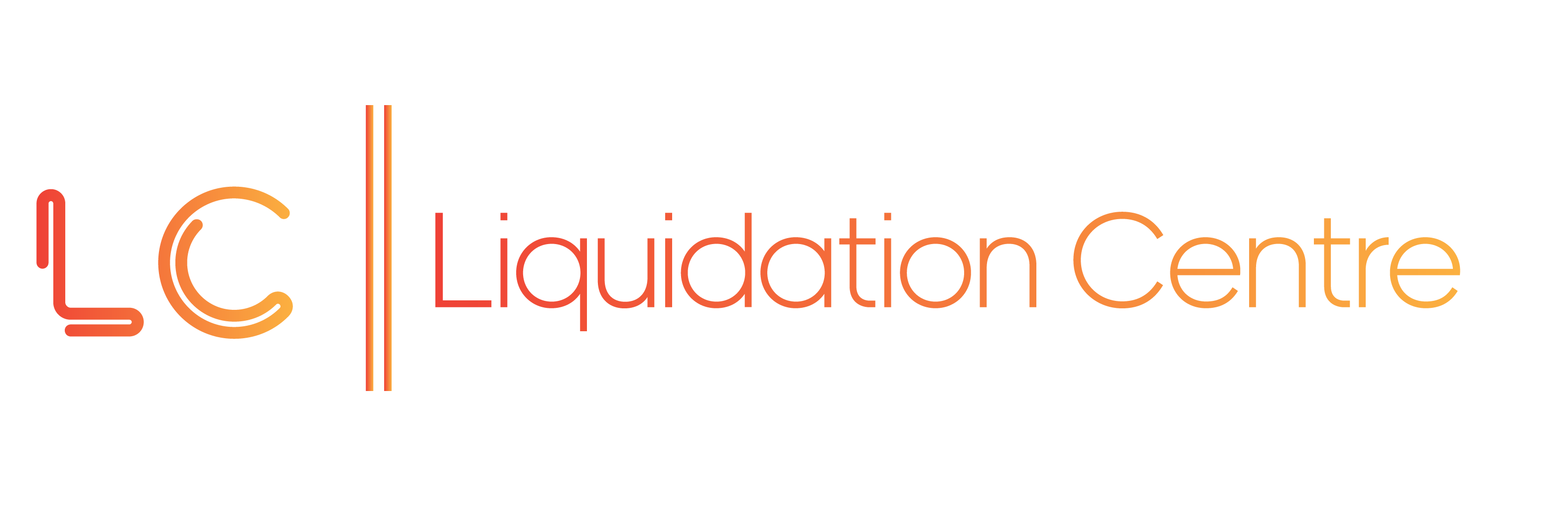What’s the difference?
A Members’ Voluntary Liquidation (MVL) is a liquidation option for solvent companies. It is a cost-effective and tax-efficient way of closing down a financially stable limited company.
If your company cannot pay its debts and is in financial distress, then a Creditors’ Voluntary Liquidation (CVL) would likely be the best option for liquidation.
The liquidator will asses the company’s financial situation and decide if a cvl or mvl is most appropriate.
